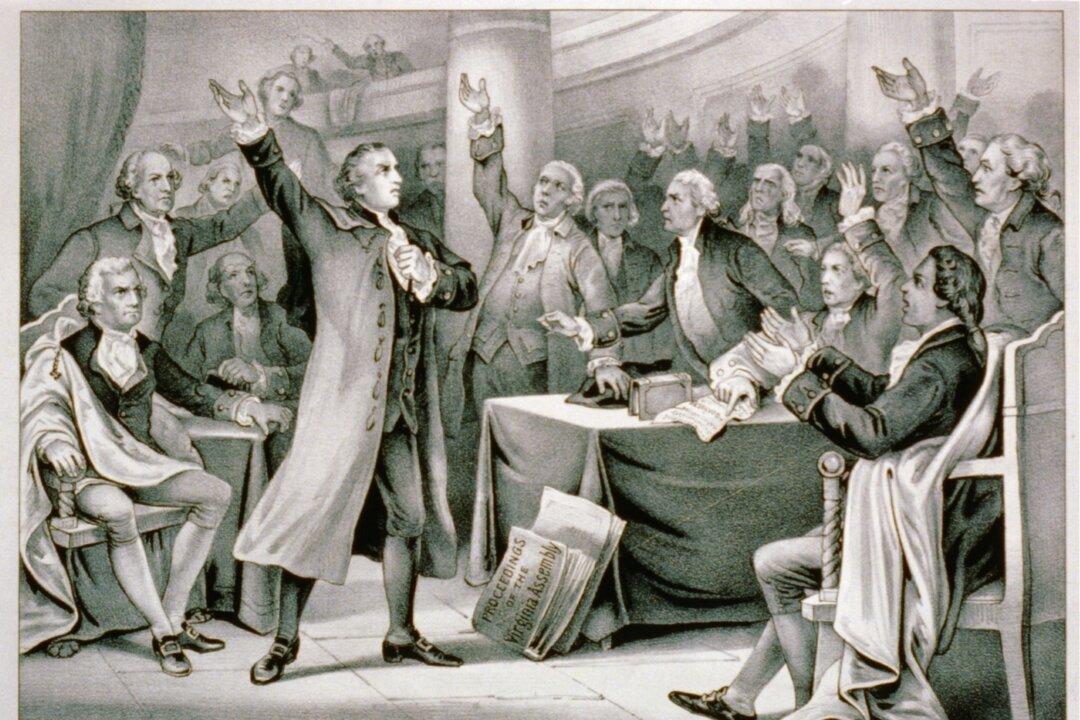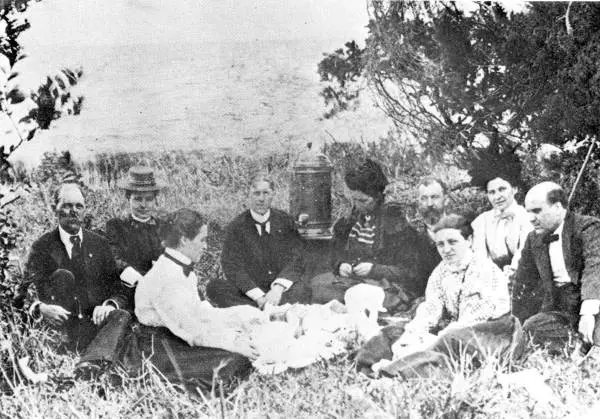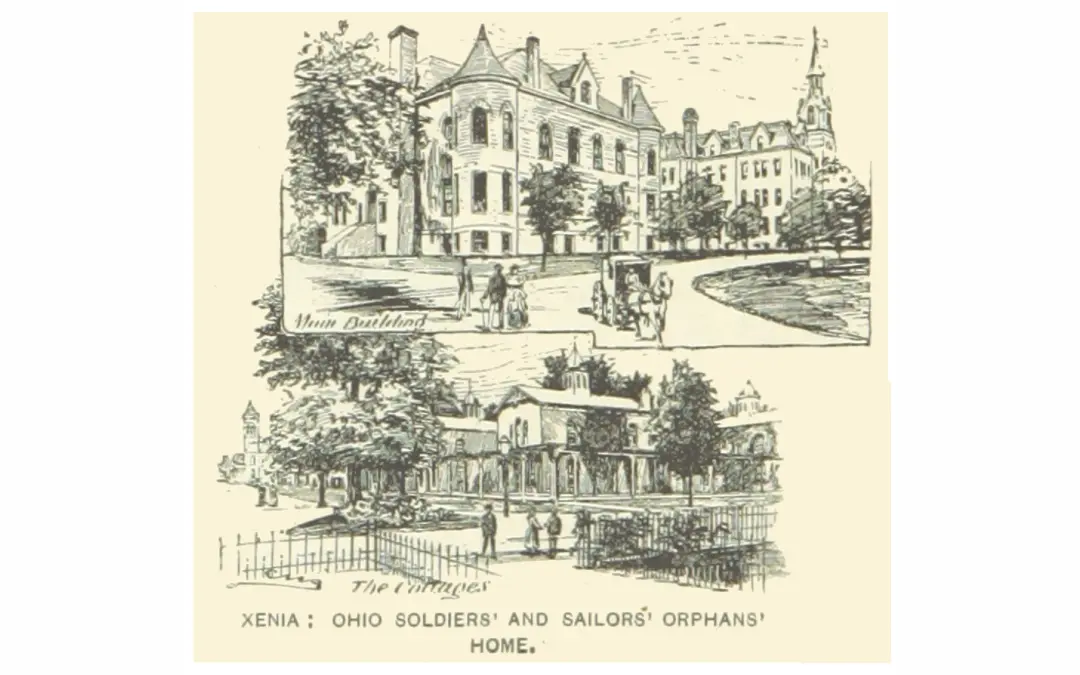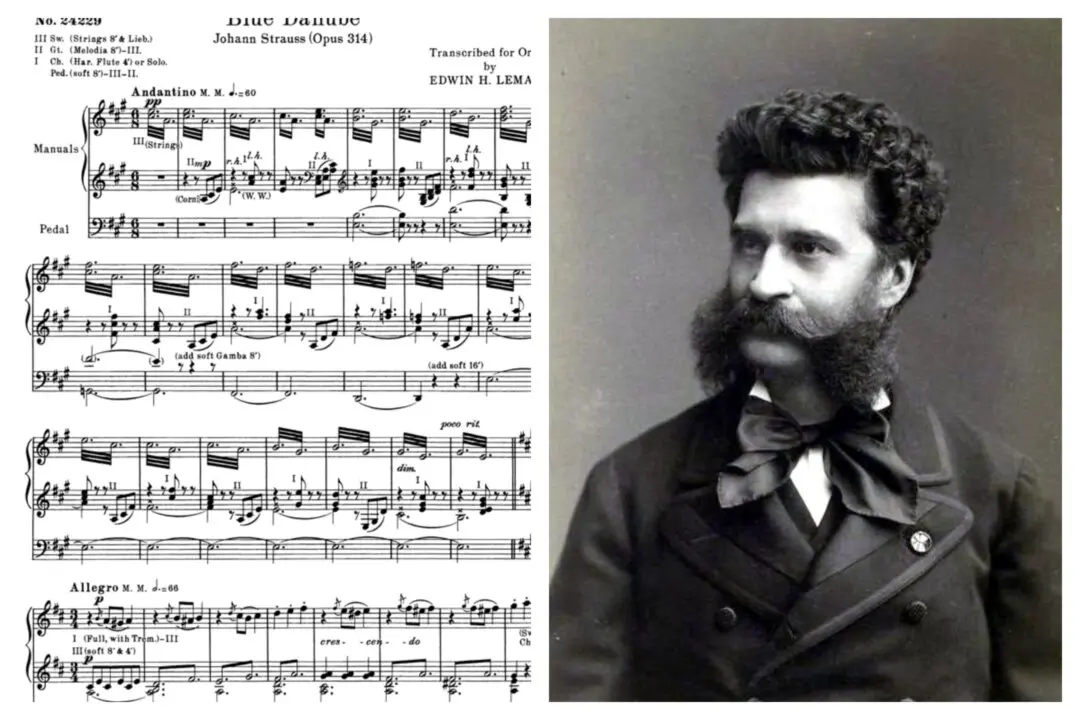“My brother Pat is not returned from Philadelphia yet,” wrote Anne Christian of her brother Patrick Henry, who was away at the First Continental Congress in 1774. “His wife is extremely ill.”
Anne’s letter is one of the few written documents that references her sister-in-law’s mysterious mental illness, which threw the Henry family into turmoil in the years leading up to the American Revolution. It also reveals the affectionate nickname Henry’s familiars had for him. “Pat” Henry is famous today for his fiery oratory.





